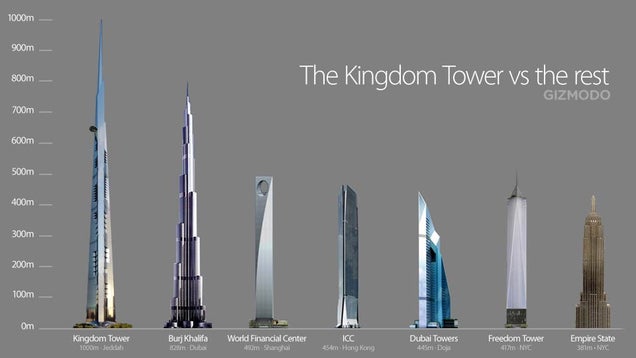
Firefox Rolls Out Biggest Design Overhaul in 3 Years

BY SAMANTHA MURPHY KELLY6 HOURS AGO
Mozilla got personal with the biggest update to its Firefox browser since 2011 to users on Tuesday, ushering in a much-welcomed modernized look with a collection of new customization features.
The company is introducing these tools as a part of a greater effort to compete with other browsers, and the launch comes at a time when Mozilla needs it most. The company is still rebounding from the controversy surrounding its cofounder Brendan Eich, who recently stepped down as CEO following a public outcry over his support toward the ban on gay marriage.
SEE ALSO: 14 Google Tools You Didn't Know Existed
The modern design update, which is available now, is noticeable right from the start, but also incorporates changes baked into the browser itself. The focus of the design is customization and the ability to access your preferences from a browser quickly — such as tabs and bookmarks — and to edit and delete features you don't want, too.

The design update to the Firefox browser has rounded tabs.
IMAGE: FIREFOX
The design borrows a few elements from the Google Chrome browserThe design borrows a few elements from the Google Chrome browser, not only in a clean aesthetic but also with rounded tabs and a three-bar menu. The new Firefox menu located on the top-right hand side of the browser combines the major controls, features and add-ons in one place, so it's easier to access them when you want.
It's also possible to bookmark pages and manage them in the same place; a button next to the star at the top of the browser holds all the functions for managing this section.

A look at the new Firefox menu.
IMAGE: FIREFOX
In addition to rounded tabs, the design makes it easier to see the pages you're currently visiting and de-emphasizes other tabs in the background. It's also possible to "pin" tabs to call them out.

IMAGE: FIREFOX
The update also makes it easier to access these tools across all platforms with its Enhanced Firefox Sync. By creating an account and adding multiple devices (only Android smartphones and tablets for now), it gives you access to your search bar history, saved passwords, bookmarks and more.
Mashable is a leading source for news, information and resources for the Connected Generation. Mashable reports on the importance of digital innovation and how it empowers and inspires people around the world. Mashable's record 34 million unique visitors worldwide and 15 million social media followers are one of the most influential and engaged online communities. Founded in 2005, Mashable is headquartered in New York City with an office in San Francisco.
©2005-2014 Mashable, Inc.
Reproduction without explicit permission is prohibited. All Rights Reserved.
Designed in collaboration with Code & Theory










 photo credit: School Of Open Workshop WMDE / Elly Köpf / CC BY-SA
photo credit: School Of Open Workshop WMDE / Elly Köpf / CC BY-SA



 In the upper left opsin, the red color shows negative charges spanning the opsin that facilitated the flow of positive (stimulatory) ions through the channel into neurons. In the newly engineered channels (lower right), those negative charges have been changed to positive (blue), allowing the negatively charged inhibitory chloride ions to flow through.“This is something we and others in the field have sought for a very long time,” Mr Deisseroth, a senior author of the paper and professor of bioengineering and of psychiatry and behavioural sciences said.
In the upper left opsin, the red color shows negative charges spanning the opsin that facilitated the flow of positive (stimulatory) ions through the channel into neurons. In the newly engineered channels (lower right), those negative charges have been changed to positive (blue), allowing the negatively charged inhibitory chloride ions to flow through.“This is something we and others in the field have sought for a very long time,” Mr Deisseroth, a senior author of the paper and professor of bioengineering and of psychiatry and behavioural sciences said.

































































